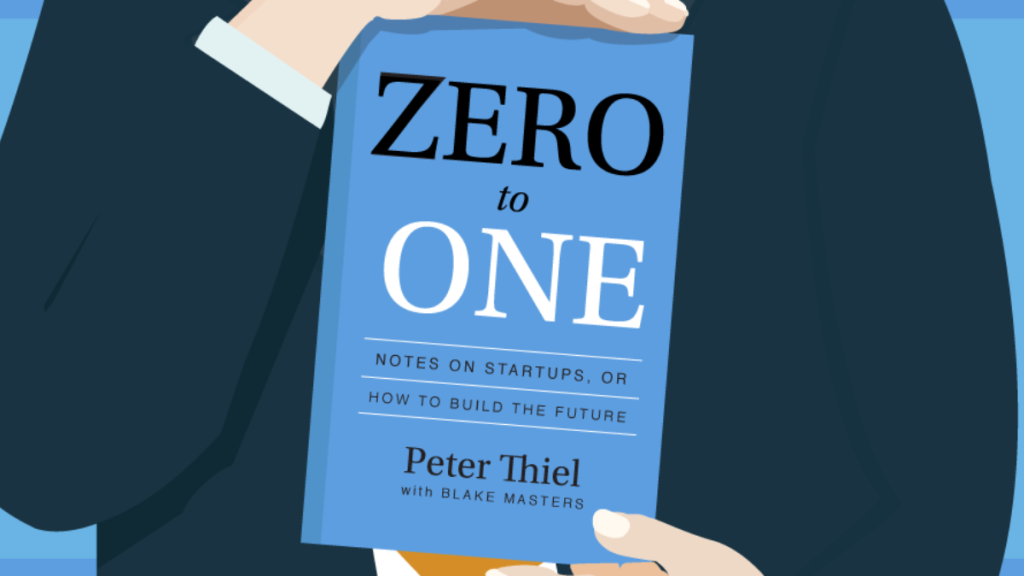When developing a product, your go-to-market (GTM) strategy can make or break your success. The “Zero to One” step involves starting something completely new. In contrast, “One to N” focuses on expanding what is already functioning. Knowing when to go from Zero to One to One to N—and how to change your plan accordingly—is crucial for long-term progress. This blog discusses the distinctions, crucial markers for making the changeover, and practical tips for negotiating the shift.
Understanding zero to one and one to N
Zero to One:
This term was coined by Peter Thiel to describe the creation of something fresh and valuable that did not previously exist. It carries a high level of risk and return.
- Involves launching a new category, product, or innovation
- Requires market validation
- Typically applies to early stage companies
- Focused on product-market fit (PMF)
One to N:
This phase focuses on scaling up successful strategies.
- Scaling validated products over marketplaces or segments
- Emphasis on repeatability and efficiency
- Usually follows PMF
- Concentrated on process-market fit and distribution
“The biggest failing is extending Zero to One GTM beyond PMF. It depletes resources without generating further growth levers.” Community Insight
Signs of being in the zero-to-one phase
Recognizing the characteristics of this phase aids in developing appropriate GTM expectations.
- No defined customer persona yet
- Low or unpredictable conversion rates
- High feedback loop: users frequently churn or suggest improvements
- Growth fueled by founder-led sales or referrals
- Marketing channels are still experimental
Statistic:
According to CB Insights, 35% of firms fail owing to insufficient market demand. This is a classic zero-to-one failure. [Source: CB Insights, 2023]
What GTM looks like in the zero to one phase
Your focus should be on experimentation, feedback, and placement—not scale.
- Direct outreach (cold emails, direct messages, and founder-led calls)
- High-touch onboarding to understand user behavior
- Positioning experiments to test messaging
- Beta begins with limited user cohorts
- Small-scale paid ad testing for response tracking
Tip:
Join GrowthX, a community for early-stage innovators to discuss GTM tactics with mentors that have successfully converted from Zero to One.
Signs it’s time to shift from one to N
Switching too soon can squander money. However, waiting too long can result in stagnation. Here’s how you’ll know it’s time:
- You consistently close agreements without the founder’s involvement
- The Customer Acquisition Cost (CAC) is predictable
- More than 60% of customers renew or refer organically
- Product feedback is about enhancements, not the basics
- You have unlocked 1–2 scalable acquisition channels
Stat:
Startups that wait for product-market fit to scale grow twice as fast and are 60% more likely to attain Series B success. [Source: First Round Review, 2022]
GTM approach changes while advancing from one to N
The One to N phase necessitates organization, processes, and scalability.
- Team Structure: Hire sales operations, performance marketing, and lifecycle marketing
- Playbooks: Documented methods for acquisition, onboarding, and retention
- Channels: Scale SEO, performance marketing, content, and outbound
- Automation: CRM, marketing automation, and customer success systems
- Partnerships: Start creating ecosystem integrations or partnerships
Common pitfalls to avoid during the transition
Transitioning from Zero to One to One to N is more than just a growth challenge; it is also a mindset adjustment. Avoid the following pitfalls:
- Scaling before PMF causes significant churn and wasted resources
- Hiring too soon: Scaling GTM without understanding the client journey causes misalignment
- Ignoring data: Qualitative and quantitative data should guide judgments
- Skipping documentation: Without playbooks, scale breaks
- Neglecting community feedback: Your early users are goldmines of information
Developing a scalable GTM engine
Once in One to N, the idea is to incorporate repeatability and predictability into growth.
- Customer personas are well divided and documented
- Acquisition Channels: 2–3 scalable channels with more than twice the ROI
- Retention Levers: Feature utilization, activation benchmarks, and NPS > 50
- Revenue Engine: Aligned Pricing, Upsell/Cross-sell Motion
- Team Enablement: Sales and marketing teams are trained on ICPs and messaging
Pro Tip:
Use AARRR (Acquisition, Activation, Retention, Referral, Revenue) models to improve each stage of your funnel.
When to return from zero to one (yes, it happens)
Even in a growing business, new initiatives may necessitate Zero to One thinking.
- Launching into a new geography
- Entering a new customer segment
- Building the product for a new platform
- Create a new product line
Example:
Stripe utilized a Zero to One GTM with Treasury after increasing payment APIs from One to N.
Learning from experienced operators matters
Making the switch is more than simply numbers; it’s about making the correct decisions at the appropriate time. GrowthX and other platforms help entrepreneurs and operators negotiate these transformations by providing organized learning programs, community conversations, and access to career and GTM frameworks.
With over 3,500 members from leading tech firms, their CRAFT learning courses assist teams in mastering both Zero to One launches and One to N scale methods. From PMF workshops to customer segmentation playbooks, GrowthX provides actionable insights at each stage.
Conclusion: Align your GTM strategy with your phase
Whether you’re just getting started or looking to scale, your GTM approach must be tailored to your stage of growth. Zero to One focuses on discovery and product-market fit. One to N refers to scaling what works.
Key takeaways:
- Validate before scaling
- Utilize data and feedback to time your transition
- Develop systems, not just strategies, in One to N
- Avoid hiring or spending before the PMF
- Learn from experienced operators to minimize guesswork
Growth is not linear, but your GTM approach may be planned. Switch at the perfect time—and make it count.
